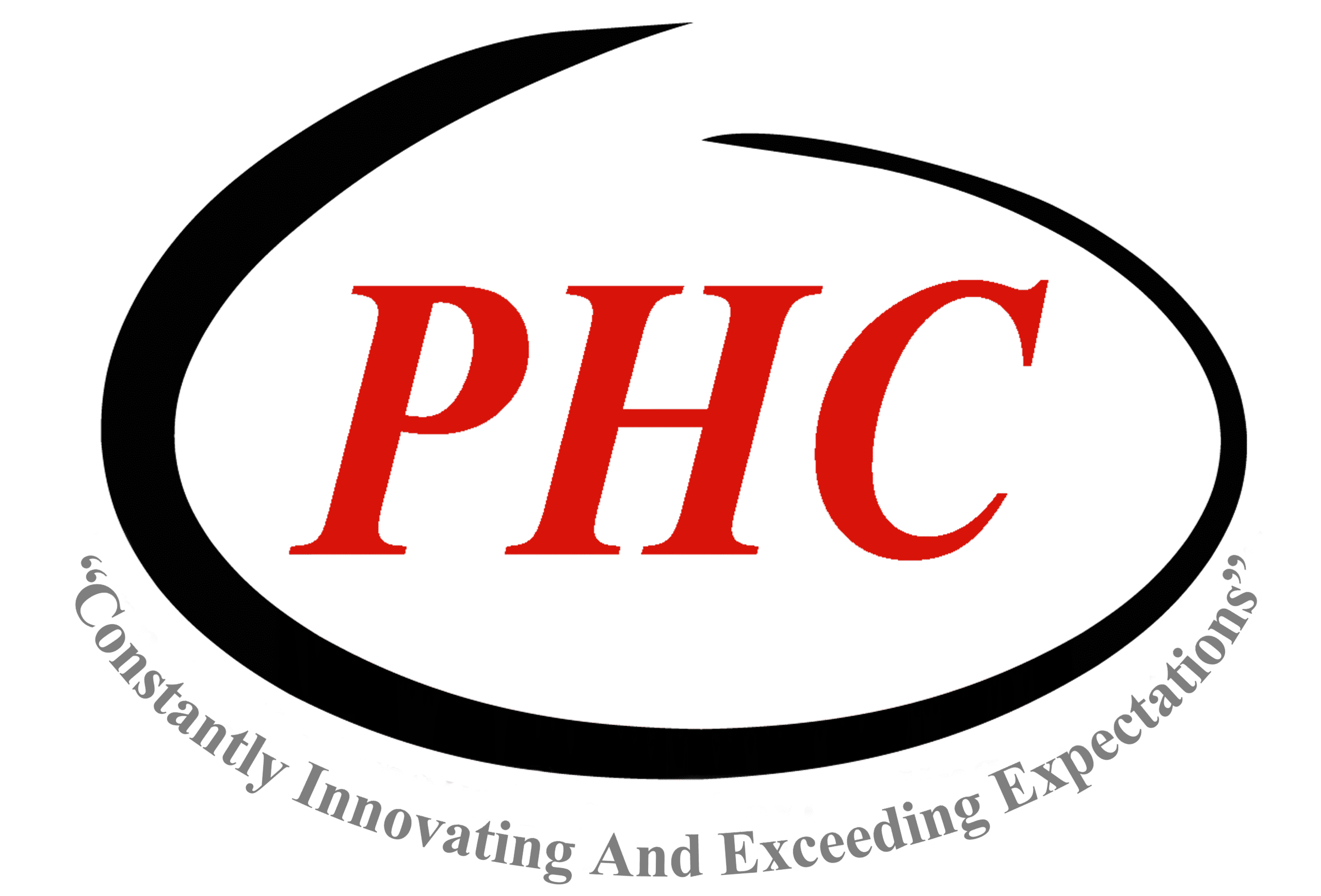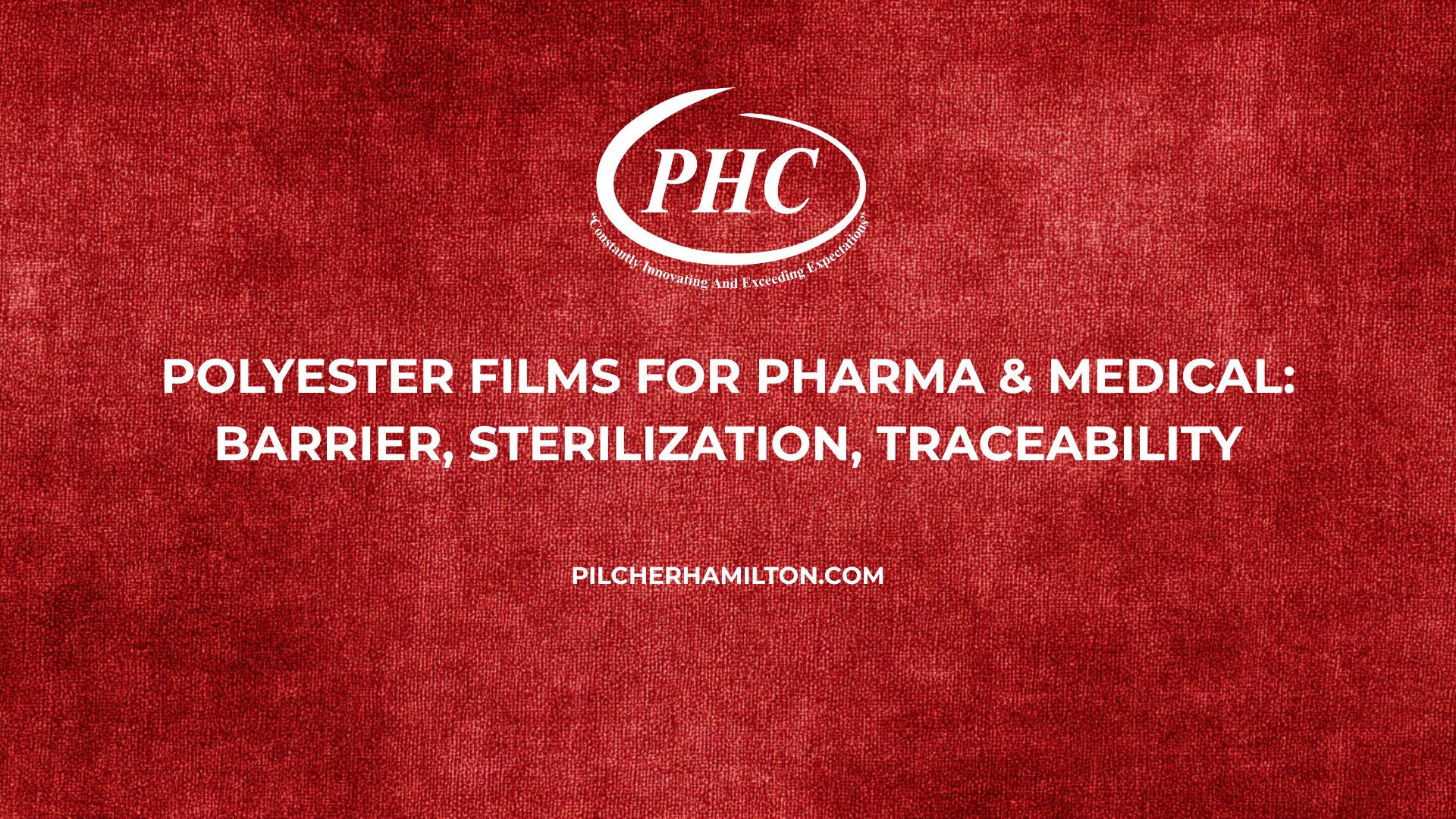Medical device and pharmaceutical packagers looking for “polyester near me” must meet stringent regulatory requirements. Polyester films offer a clean, high‑barrier substrate for pouches, lidding and formable trays. With controlled cleanliness, traceable supply chains and compatibility with common sterilization methods, PET films are a reliable choice for regulated packaging. This article discusses barrier requirements, sterilization compatibility and lot traceability considerations for PET in medical and pharma applications.
Key Takeaways
- High barrier – PET provides oxygen and moisture barrier suitable for many medical devices; barrier can be enhanced with coatings.
- Sterilization compatibility – PET films withstand ETO, gamma and electron beam sterilization; laminate structures can handle steam (autoclave).
- Cleanliness – Films are produced and converted in clean environments with low particulate levels.
- Traceability – Lot control and documentation support regulatory compliance and audits.
- Customized converting – PHC offers slit and sheeted films with sealed edges and cleanroom packaging.
Why PET in Regulated Packaging
PET’s chemical resistance and dimensional stability make it suitable for medical device and pharmaceutical packaging. The biaxial orientation process yields films with high tensile strength and clarity. PET’s baseline OTR (2–6 cc/100 in²/24 hr) and WVTR (16–20 g/m²/24 hr) protect devices and drugs from environmental ingress. Coatings such as PVDC or EVOH can further improve barrier. PET is also compatible with adhesives and coatings used in Tyvek® and paper‑PET laminates.
Barrier & Sterilization Methods
Medical pouches and trays often require sterilization after packaging. Ethylene oxide (ETO) sterilization occurs at low temperatures; PET handles ETO without significant property change. Gamma and electron beam (e‑beam) sterilization involve high‑energy irradiation; PET maintains mechanical properties and barrier, though slight yellowing may occur at high doses. Autoclave (steam) sterilization requires structures that can withstand 250 °F (121 °C); PET alone may shrink, so PET is used as an outer layer in laminates with heat‑resistant sealants like cast polypropylene or nylon. Always confirm sterilization method compatibility when specifying film structures.
Cleanliness & Particle Control
Medical packaging requires low particulate levels and absence of contaminants. PET films for medical use are manufactured in controlled environments and stored under clean conditions. During converting, PHC employs HEPA filtration, vacuum dust extraction and sealed edges to prevent particulate generation. Film rolls and sheets are packaged in cleanroom bags and double wrapped for transport.
Lot Traceability & Labels
Regulations require traceability from resin batch to finished package. PHC assigns lot numbers to each roll and maintains records of raw materials, process conditions and inspection results. Labels include material grade, gauge, width, lot number and manufacturing date. Certificates of conformance accompany each shipment. For critical applications, PHC can provide additional documentation, including sterilization validation data.
Converting & Packaging Protocols
PHC converts medical PET films into rolls or sheets with sealed edges to prevent particle shedding. Slitters and sheeters are regularly cleaned and monitored. Finished products are sealed in clean polyethylene bags and boxed in corrugate approved for cleanroom use. Storage and transportation follow first‑in, first‑out practices and include climate control.
| Checklist | ETO Sterilization | Gamma/E‑Beam | Autoclave | Notes |
| PET compatibility | Excellent | Excellent | Limited (needs laminate) | PET tolerates ETO and radiation; may shrink in steam |
| Barrier target (OTR) | 2–6 cc/100 in²/24 hr | 2–6 cc/100 in²/24 hr | 2–6 cc/100 in²/24 hr | Coatings improve barrier for moisture‑sensitive drugs |
| Cleanliness level | ISO Class 8–7 | ISO Class 7–6 | ISO Class 7–6 | Controlled environments during converting |
| Lot traceability | Required | Required | Required | Lot numbers and certificates accompany shipment |
| Typical applications | Syringe pouches; IV sets | Catheters; implants | Surgical gowns (with lamination) | Choose structure based on device and sterilization method |
FAQ
Can PET film be autoclaved? PET alone may shrink at autoclave temperatures; laminates combining PET with high‑temperature sealants or BON can withstand steam sterilization.
How is cleanliness ensured? Films for medical use are produced and converted in controlled environments with filtration and particle monitoring. Rolls are sealed and double wrapped.
Does radiation sterilization affect PET clarity? High gamma doses can cause slight yellowing, but mechanical and barrier properties remain intact within typical sterilization levels.
How do I document compliance? Lot numbers, certificates of conformance and technical datasheets provide traceability. PHC can supply additional documentation upon request.
Where can I find polyester near me for medical packaging? PHC produces medical‑grade PET films in Greer with cleanroom converting and documentation support.
Call to Action
Protect pharmaceuticals and medical devices with high‑quality polyester films from Pilcher Hamilton Corporation. Our medical packaging films combine barrier performance, sterilization compatibility and traceability to meet regulatory demands. Visit our barrier films and technical datasheets pages, or explore our all services to see how we convert films in clean environments. Let your polyester near me search lead to compliant medical packaging solutions.
Serving the USA from Greer – South carolina
850 South Buncombe Road
Greer – South carolina
Contact us through our contact page or find a location to discuss your medical packaging needs.

